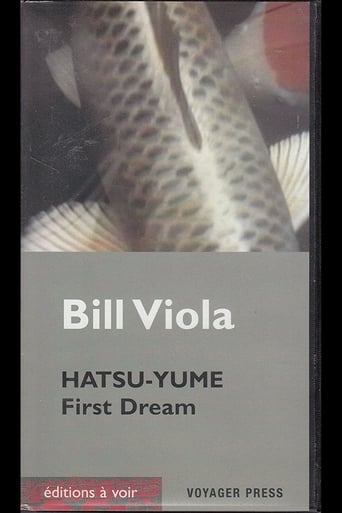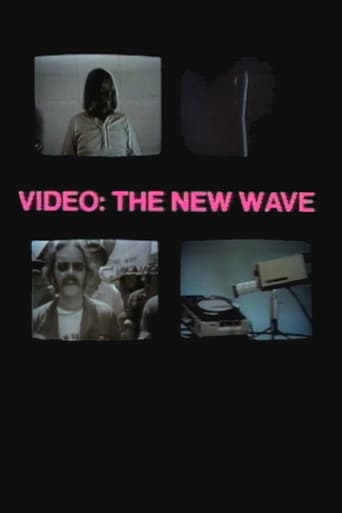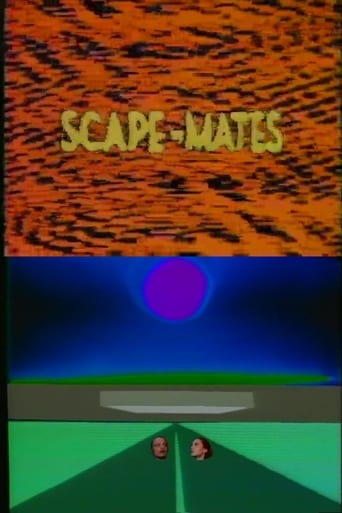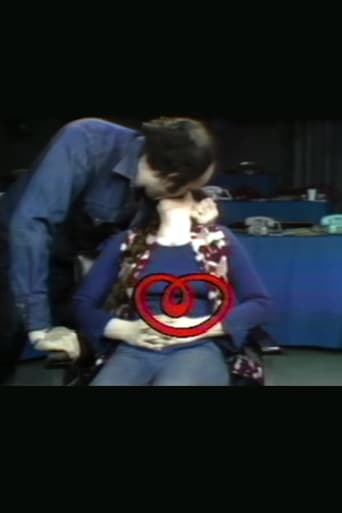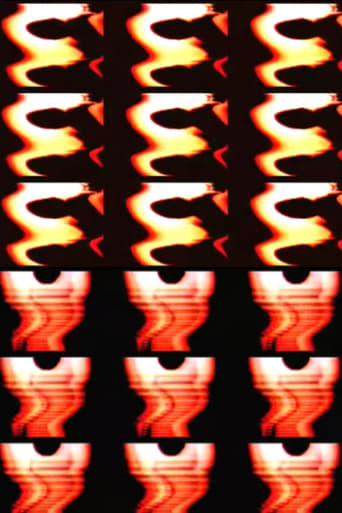Skin Matrix 1984
Emshwiller writes that the visually complex and densely textured Skin Matrix is a "video tapestry... a layering of different manifestations of energy: electronic (light, video, computer), inorganic (dunes, rocks, mud), organic (wood, plants), human (skin, hair), individual (faces, eyes), imagination (sculpture, robot)." His intricate electronic transformations of tactile surfaces, landscapes and human faces signify a metaphysical process that simultaneously masks and reveals; he achieves an uncanny spatial illusion of depth through layering and movement. Creating sophisticated image patterns and structures with the simple Bally Arcade computer (used for playing video games), Emshwiller weaves together the lush textures and kinetic energy of the organic and the technological.

